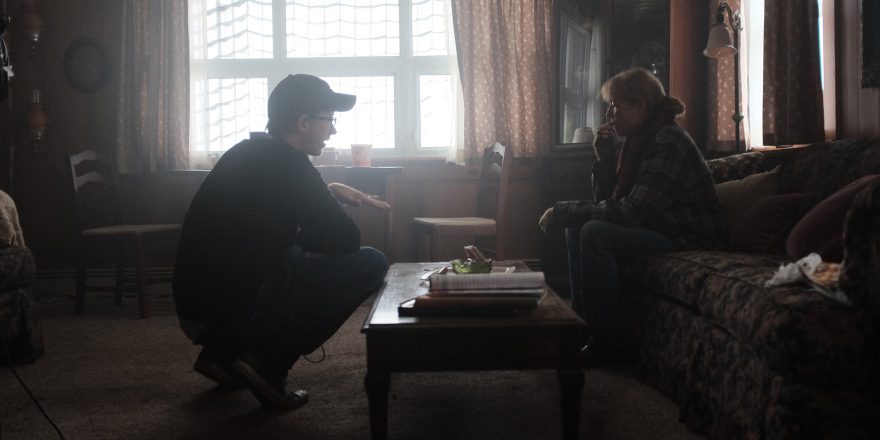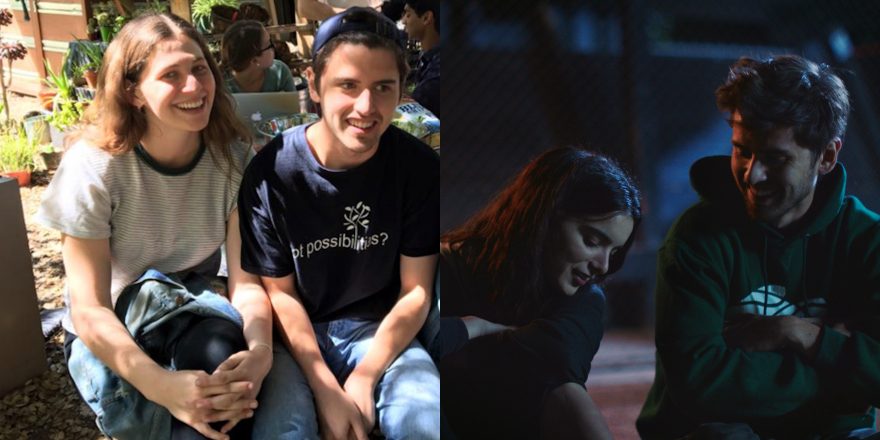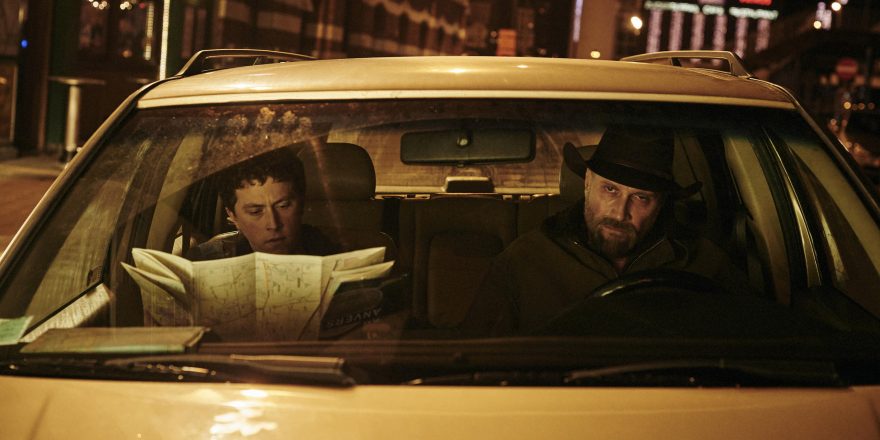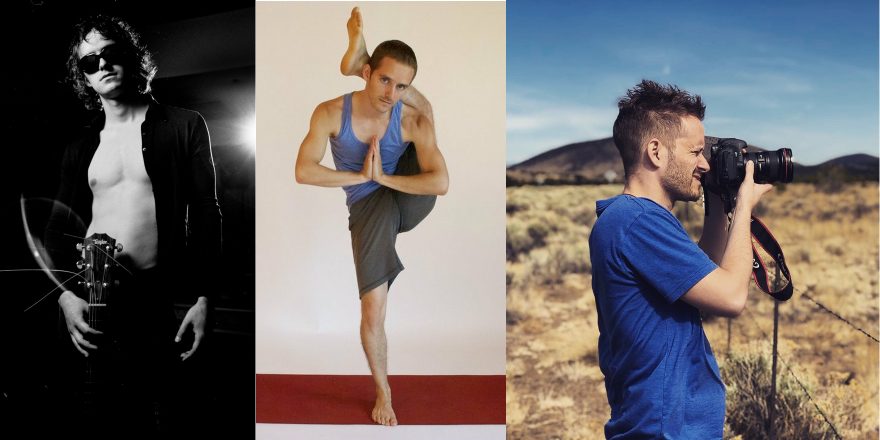I write this sitting at the finish line of a four-year journey bringing my debut feature, Concrete Cowboy, to life. Ever since I was a child, I wanted to be a part of making films. I wrote my first script when I was 10. When I’d play with G.I. Joes, I’d imagine we were filming an action scene in a movie – some of the figurines were actors, some stunt people, and others the crew. A director clad in military fatigues would call, “Cut!” after a big explosion or a special effects sequence. I was the kid that watched Entertainment Tonight hoping to catch any behind-the-scenes footage on how the movies were made and I loved the red-carpet shows because they allowed me to see all my favorite actors.
I’d been waiting my whole life for the chance to make a movie. And then that moment came. The moment I would step out of the potential and into the reality – can I actually do this? Living in expectation for so long for this exact moment was equal parts terrifying, equal parts not what I expected, and all parts beautiful.
Let’s start with terrifying …
The first day of shooting. I woke up early at 5 a.m. to pray. During all of shooting, I kept a palm cross in my pocket that I would cling to. Daily, I would repeat this prayer from Psalm 25, over and over again:
“To you, oh Lord, I lift up my soul, I put my trust in you.”
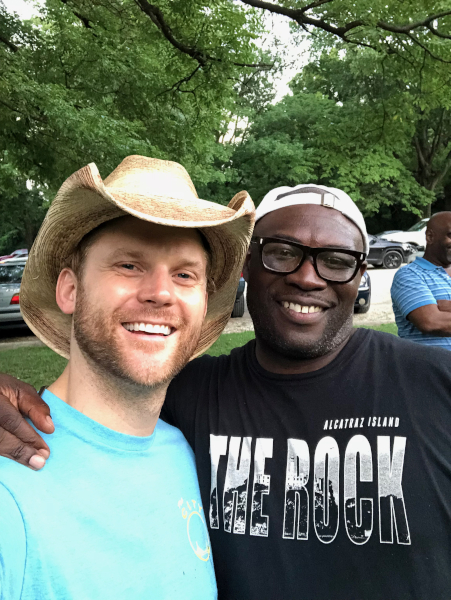
I must have repeated this prayer 10,000 times over the course of filming. As I write this, it feels dramatic. Like I was being shipped off to war. But if you’ve ever made a film, you know it is war. And this war wasn’t just about making a great film. I was making this film with and for an entire community which was depending on it being authentic and which would hopefully awaken the city of Philadelphia to preserve their long-standing legacy.
No pressure. Not to mention on my first day of shooting, on my very first feature, I would be working with acclaimed actors Idris Elba, Caleb McLaughlin and Jharrel Jerome, all while legendary producer Lee Daniels watched the monitor. To say I was nervous is an understatement. As a little boy with his G.I. Joes playing make-believe filmmaker, I never considered the weight of such terror. But then I faced it, and it was beautiful. I remember vividly after wrapping our first day of shooting, Lee put his arm around me and said the footage looked “stunning.” Lee isn’t a guy who says nice things just to be nice, so I knew he was being sincere. I was so dazed by the day, I could barely form a thought, let alone register how it went, so that buoyed me greatly. I exhaled a breath of relief. Day One down. Only 19 more to go.
Not what I expected …
We spent years putting this film together before I stepped onto set. My closest collaborators from the community were two cowboys, Eric “E” Miller and Jamil “Mil” Prattis. Mil you’d know as Paris from the film. E was my main man behind the scenes. I met E in 2017 while speaking in court – I launched a production company in 2011 called Neighborhood Film Company, with a mission to hire adults returning home from incarceration, so I speak every year in court to new candidates. E stood before the judge, after only being home a week, and said he’d just purchased a horse. This fascinated me. We struck up a conversation, which led to a friendship, which ultimately led to us deciding to put together a film in hopes of using it as a wake-up call for the city to help save the legacy of Black Cowboys in Philadelphia, as the stables down at Fletcher Street were facing extinction at the hands of gentrification.
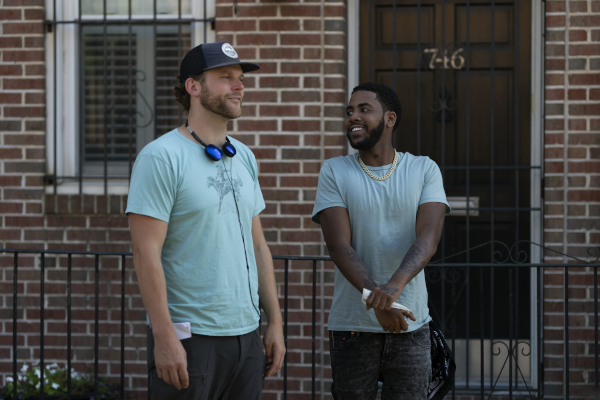
Mind you, this is well before Idris Elba or Caleb McLaughlin knew who I was. At the time, it was just myself, my writing partner Dan Walser, E and Mil. That’s it. Just the four of us and an audacious dream that we could make a story powerful enough to save a culture. We spent years on the script alone, making sure it fully represented their history and story. Dan and I went to several BBQs (as depicted in the film), rode our first horses with E and Mil, and spent hours upon hours around a table as they lavished us with stories of cowboy culture in Philly. As one might imagine, we became close. Like brothers. We walked with each other through more than just stories, we shared our personal lives with each other.
Then something happened that I would have never expected. A week before we were to start pre-production on the film, I got a call from Erin Brown, one of E’s best friends. When I picked up the phone, I heard nothing but weeping. The kind where sobs choke out breath. Eventually, she was able to utter, “E has been murdered.”
A robbery gone bad. Two men broke into his home and shot him dead in his living room. I sat there numb, attempting to put words to such trauma. I spiraled. The reality of his death shook me to my bones. And I had no time to process or mourn, as I was forced to stare down the barrel of my greatest professional challenge while facing the reality that I would have to do it without my brother. Now I suppose you might understand a little more the weight of my prayer:
“To you, oh Lord, I lift up my soul, I put my trust in you.”
I could not fail. What was once a story for the community was now the last story E would tell. It would be the last thing he left this world and it was in my hands to finish.
All parts beautiful …
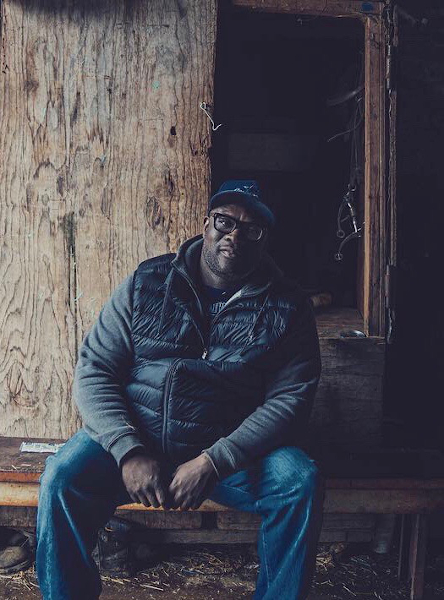
I attended E’s funeral just days before an entire production office opened to start work on Concrete Cowboy. How was it ever going to be possible to move forward without E? I remember standing on Fletcher Street the morning of the funeral, as we geared up to ride his casket to the gravesite (boots backward, exactly as it happens in the film). I saw Mil standing out by the corral, alone. We hugged each other and wept. How could we go on without E? E was a leader, not only in our collaboration but to the broader community at Fletcher Street. If we did move forward, how would we ever be able to mobilize an entire community to tell this story as they lay in mourning?
I assumed few people would pay me notice at E’s funeral. Over the years, I’d gotten to know a handful of cowboys and cowgirls, but only a handful. But what happened that day mourning the loss of E was something so beautiful. Community member after community member came up to me telling me how much they had been looking forward to meeting me, how much E had told them about the story, and even further how E imagined them playing a role in the film. Cowboys and cowgirls with stories, props we could use, photos for inspiration – you name it, they had it ready for me. Unbeknownst to me all these years, E had been taking his role as producer very seriously, planting seeds for how we’d tell this story with the full community involved. I remember him always telling me, “No matter what, we have to include everyone. We need everyone’s voice. This is about all of us.”
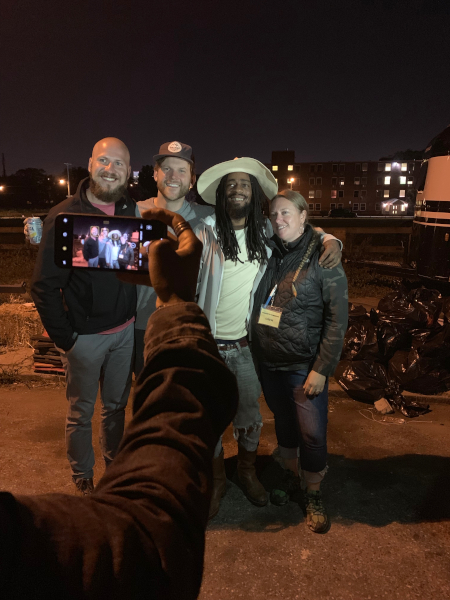
The entire community surrounded and embraced me the rest of the summer. Like literal crutches carrying me, scene to scene. Erin Brown taking me to the auction in New Holland and introducing me to Misty and Lamont, who ran a stable where E had told them he imagined us filming the Police Stables. Al Lynch on set every day, making sure I got the horse wrangling details right – never short of a comment to correct me! Miz, his smile and laughter and heart lifting my spirits daily. Shouting for all to hear, “You’re killing it, bro!” James Morgan, teaching me to shovel out stalls – as exactly portrayed in the film – making me “Walk the plank. No front dumping.” And Mil. Stepping up and delivering a performance of a lifetime as Paris.
Like I said, making my first film was terrifying. Unexpected. And beautiful.
If you want to continue to support E’s vision, please go to www.ThePURA.org. He launched this non-profit in order to provide a permanent home for all Black Cowboys in Philadelphia and preserve their rich heritage.
Featured image shows actress Liz Priestley with Ricky Staub during the making of Concrete Cowboy. (Image by Jessica Kourkounis / Fletcher Street, LLC, courtesy of Netflix.)





